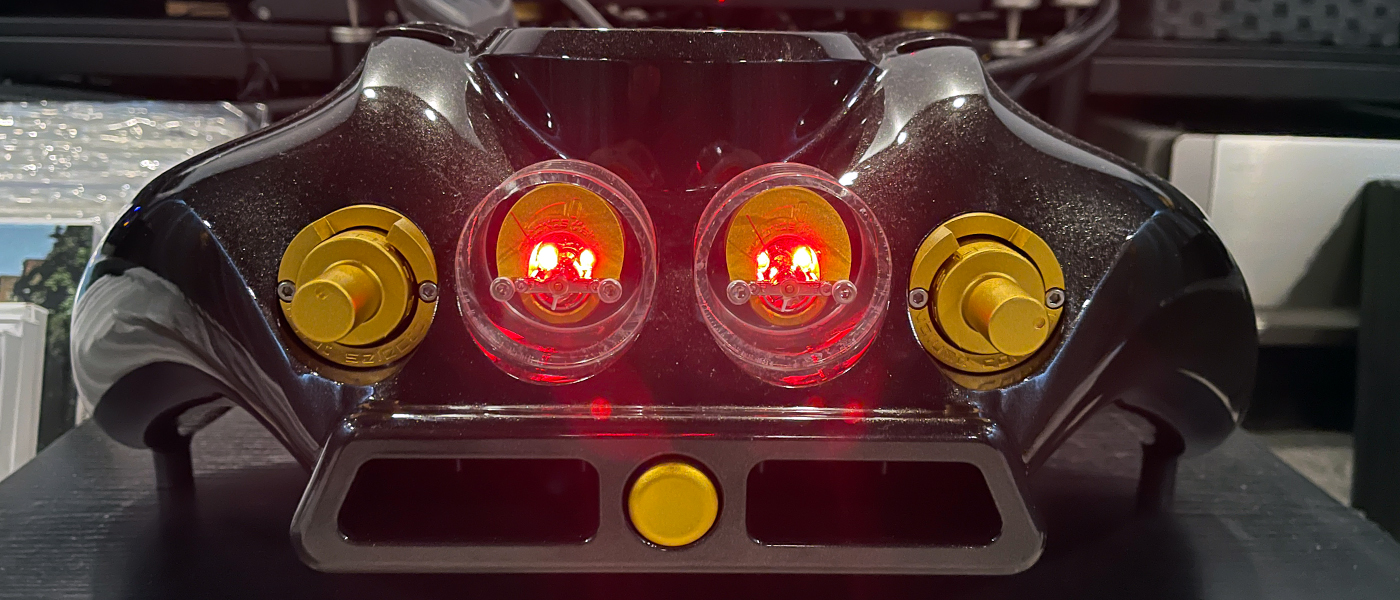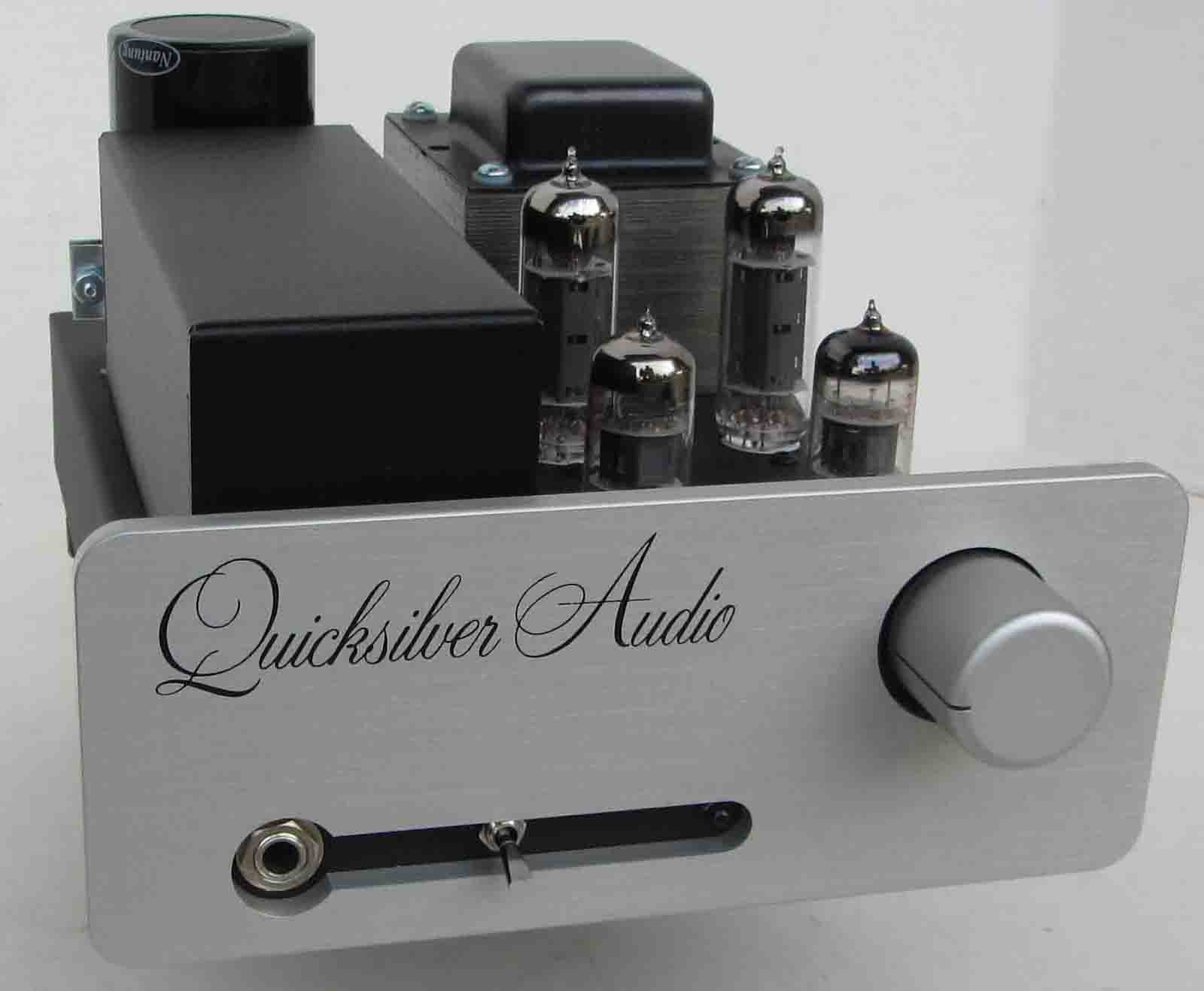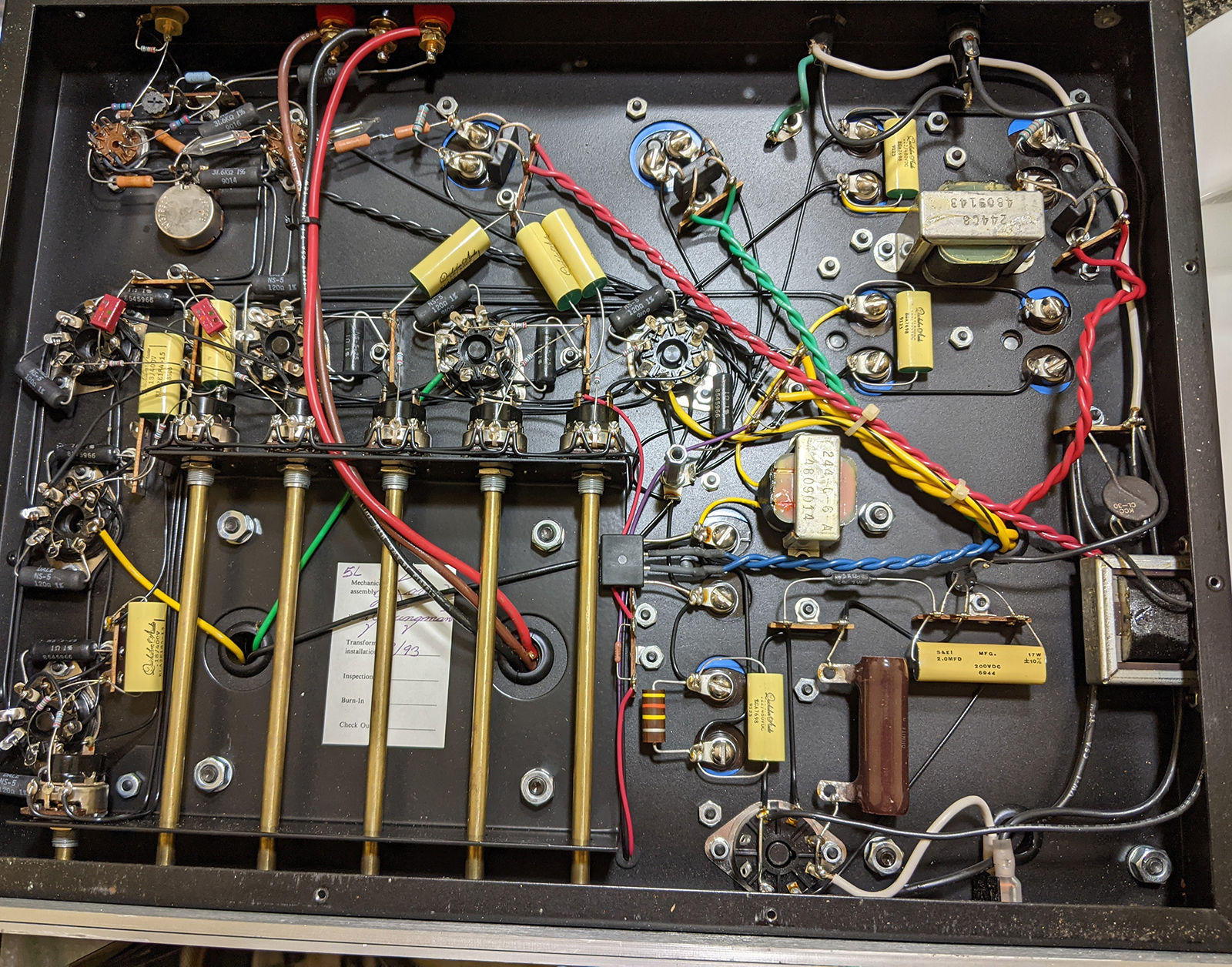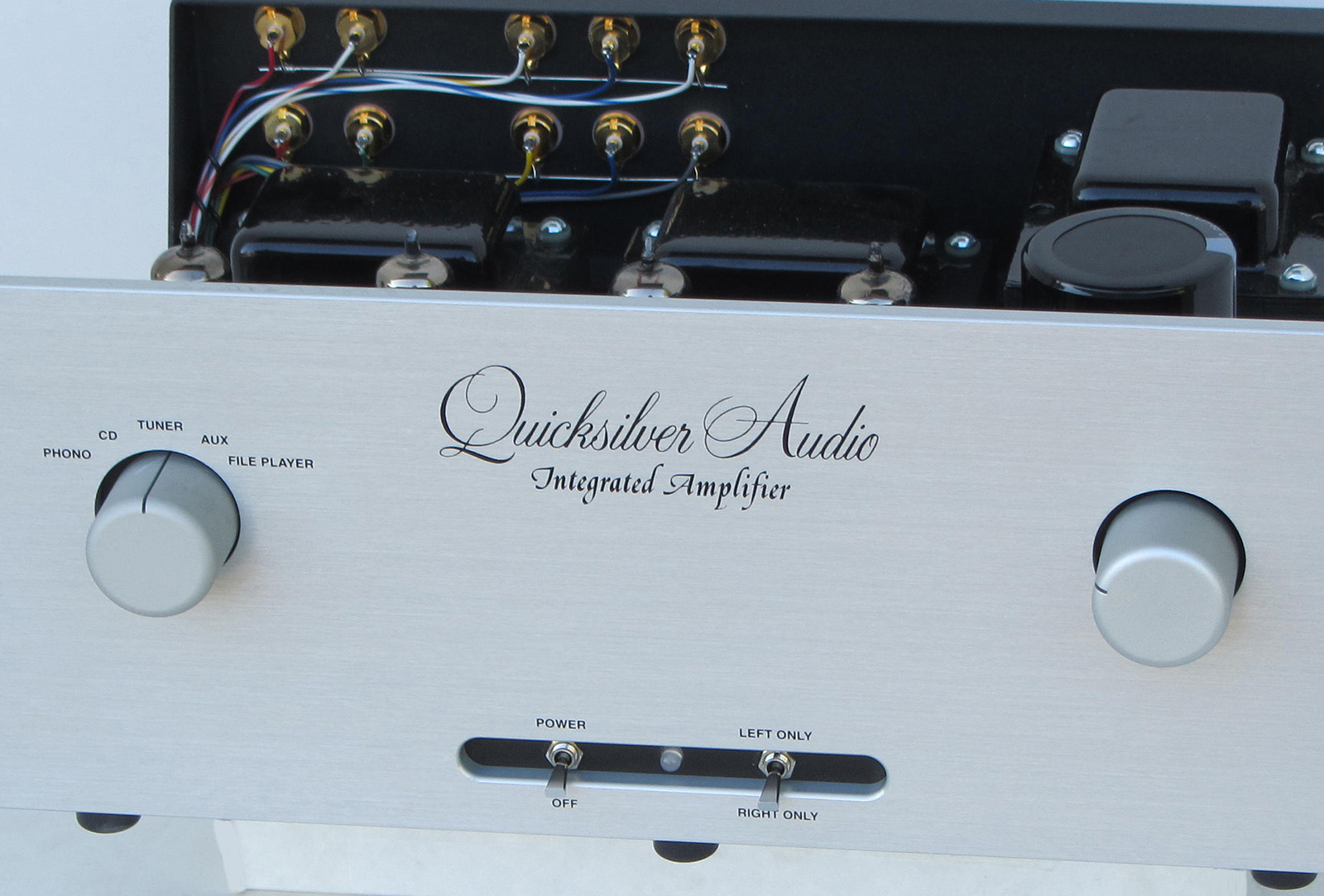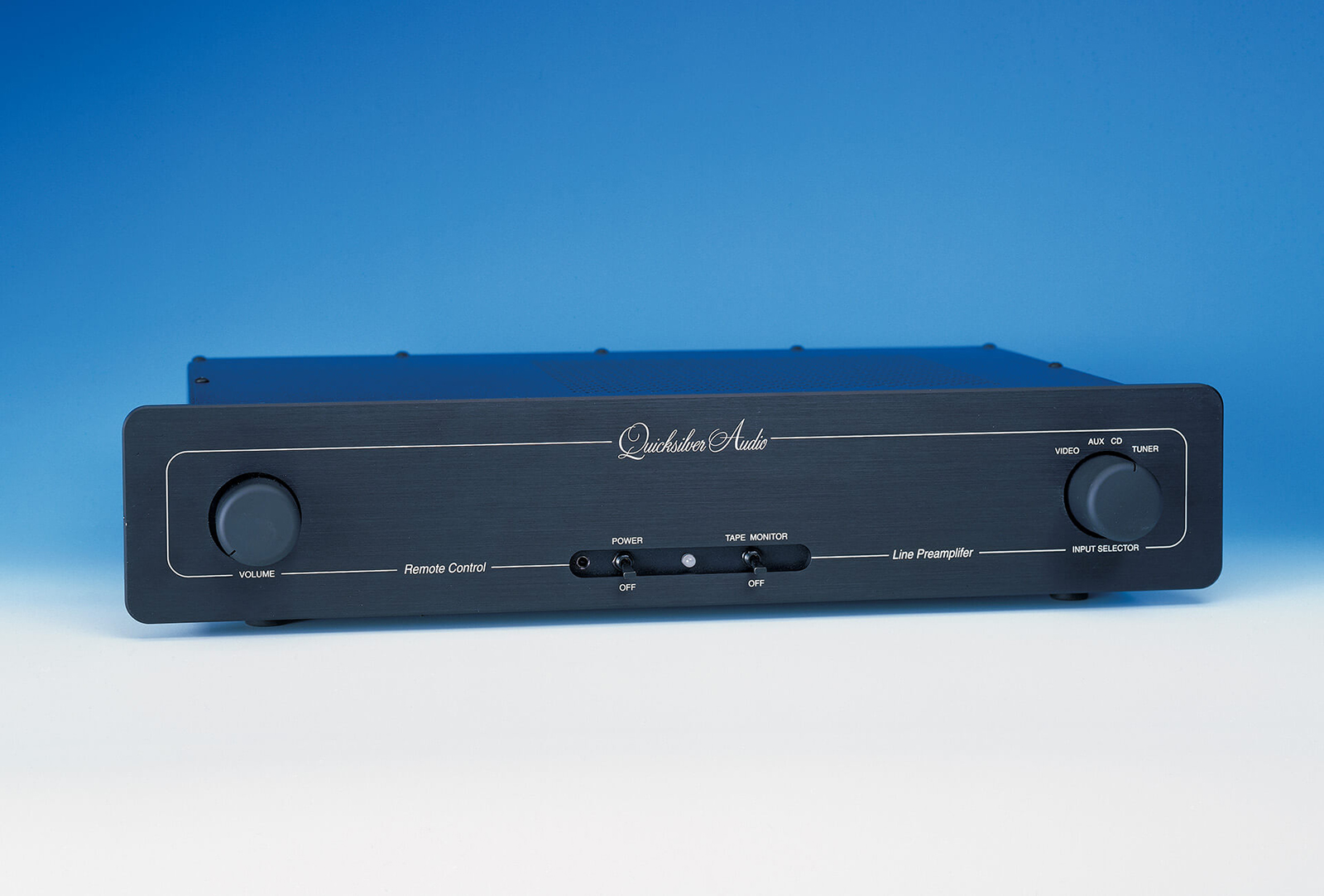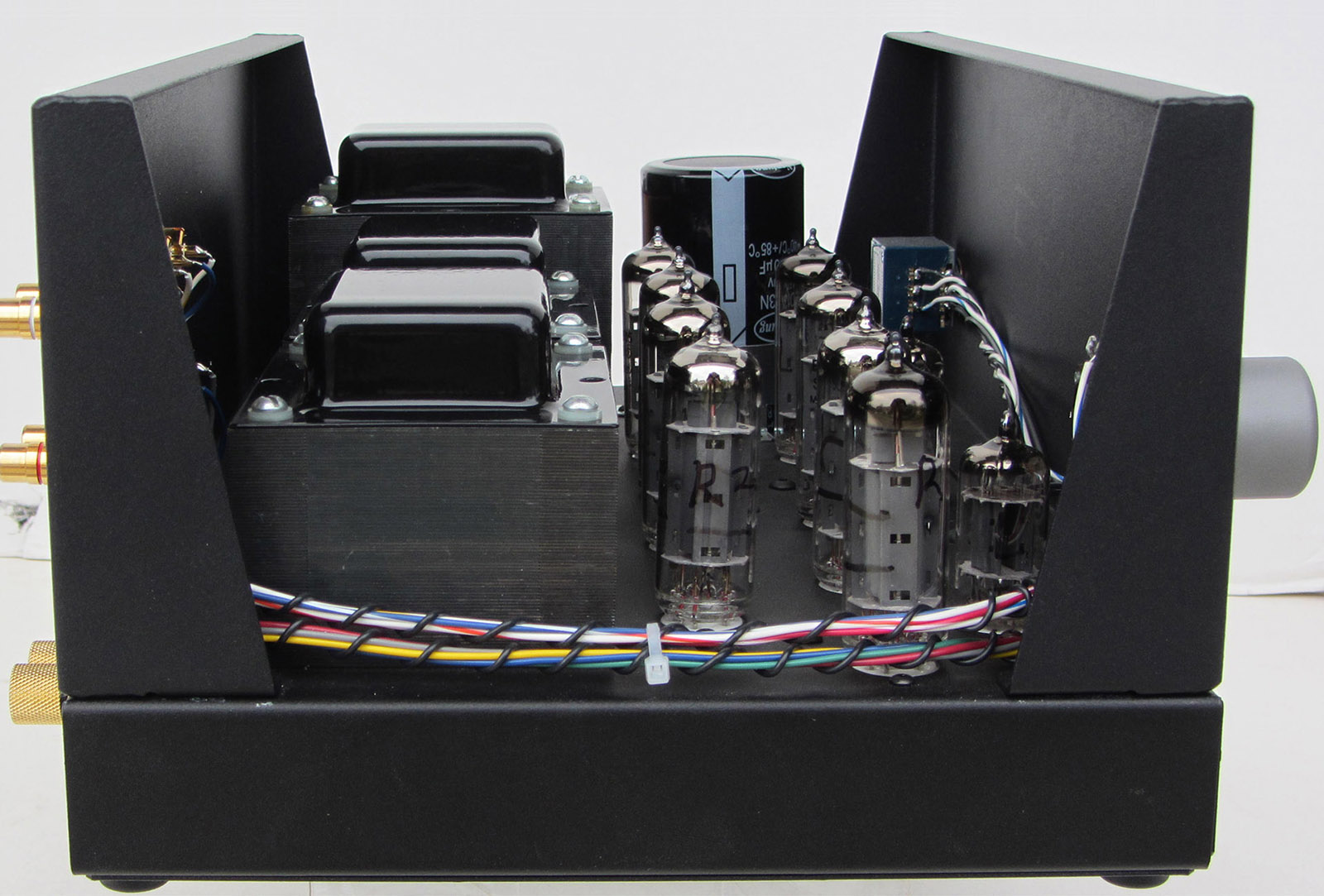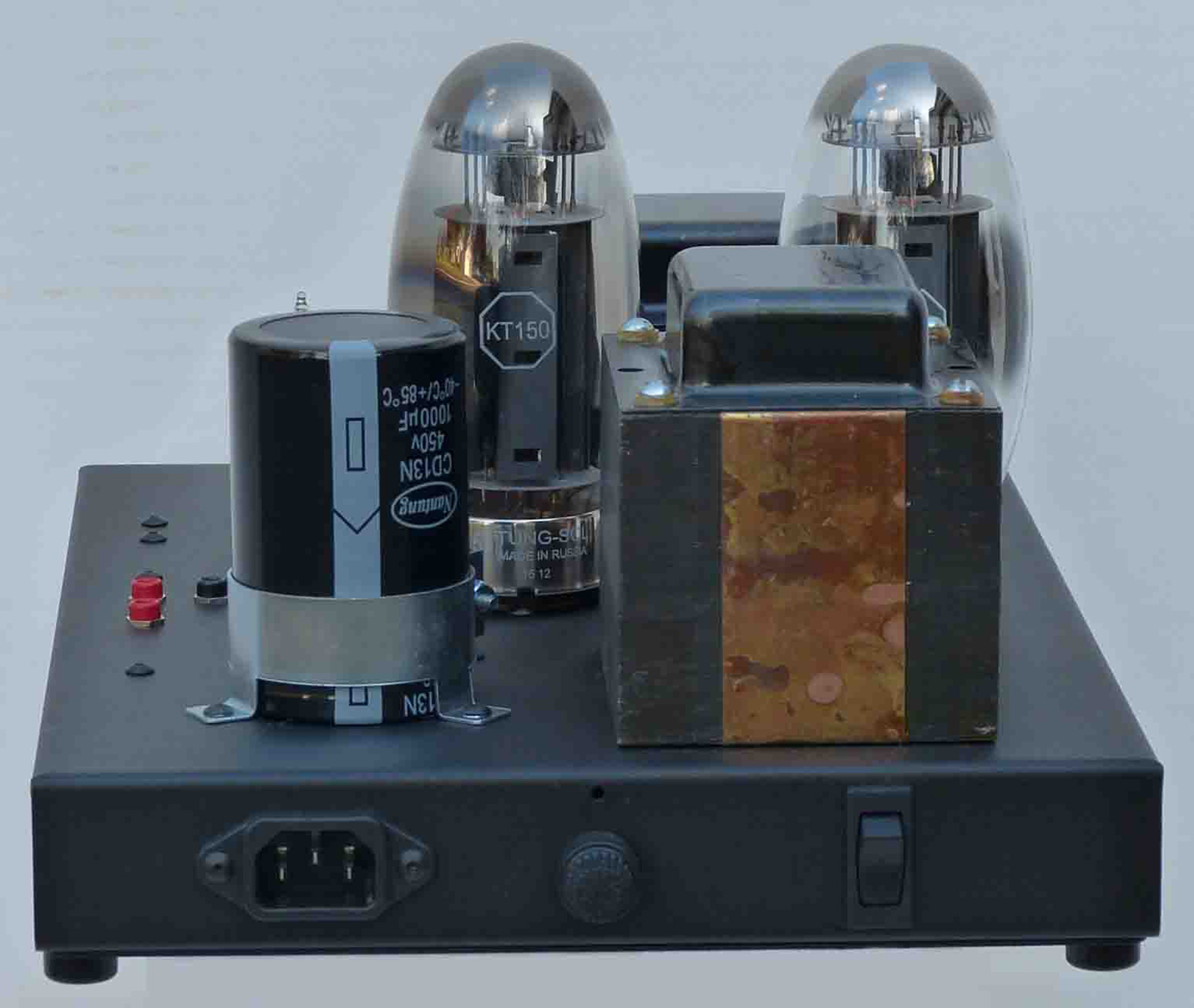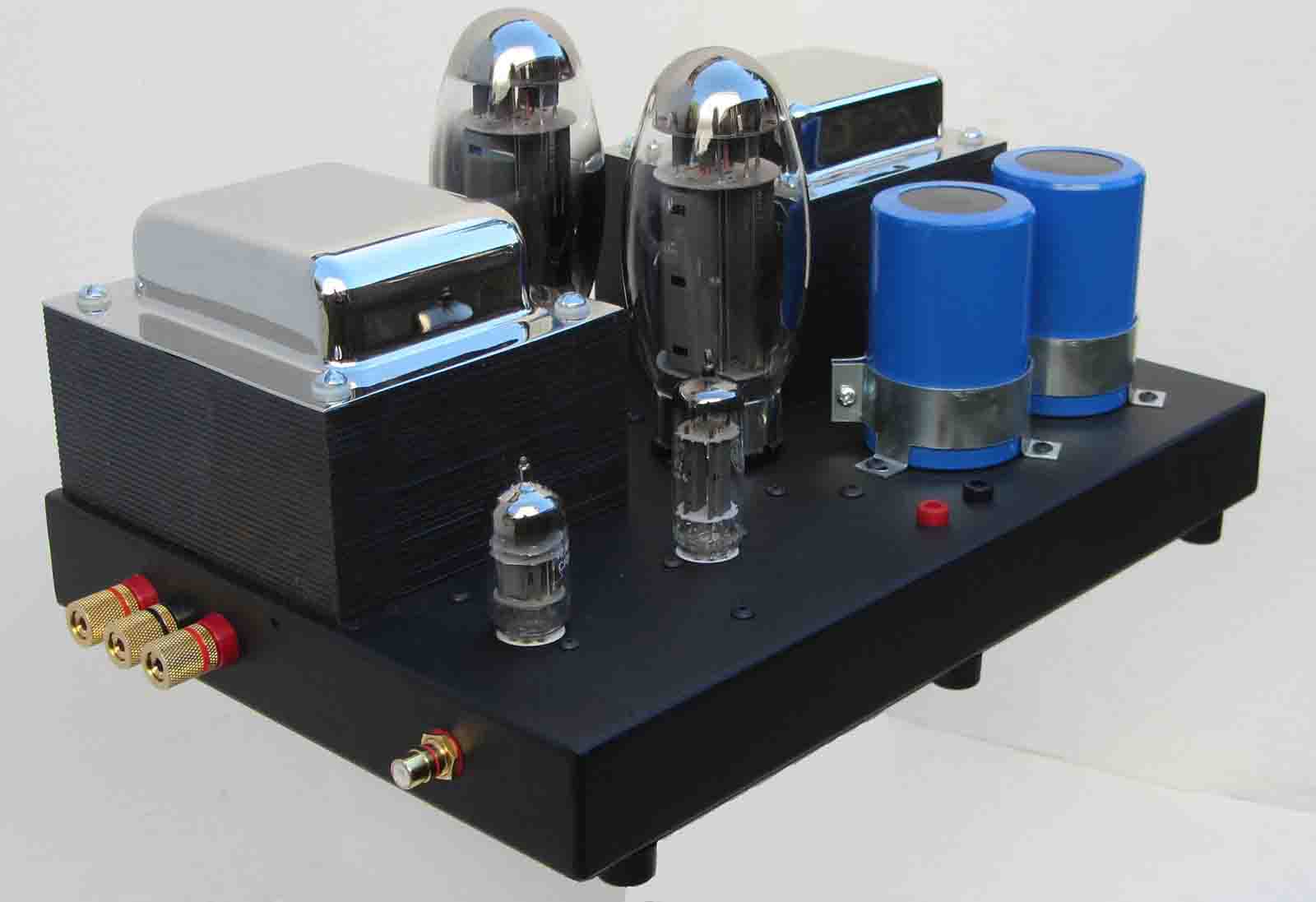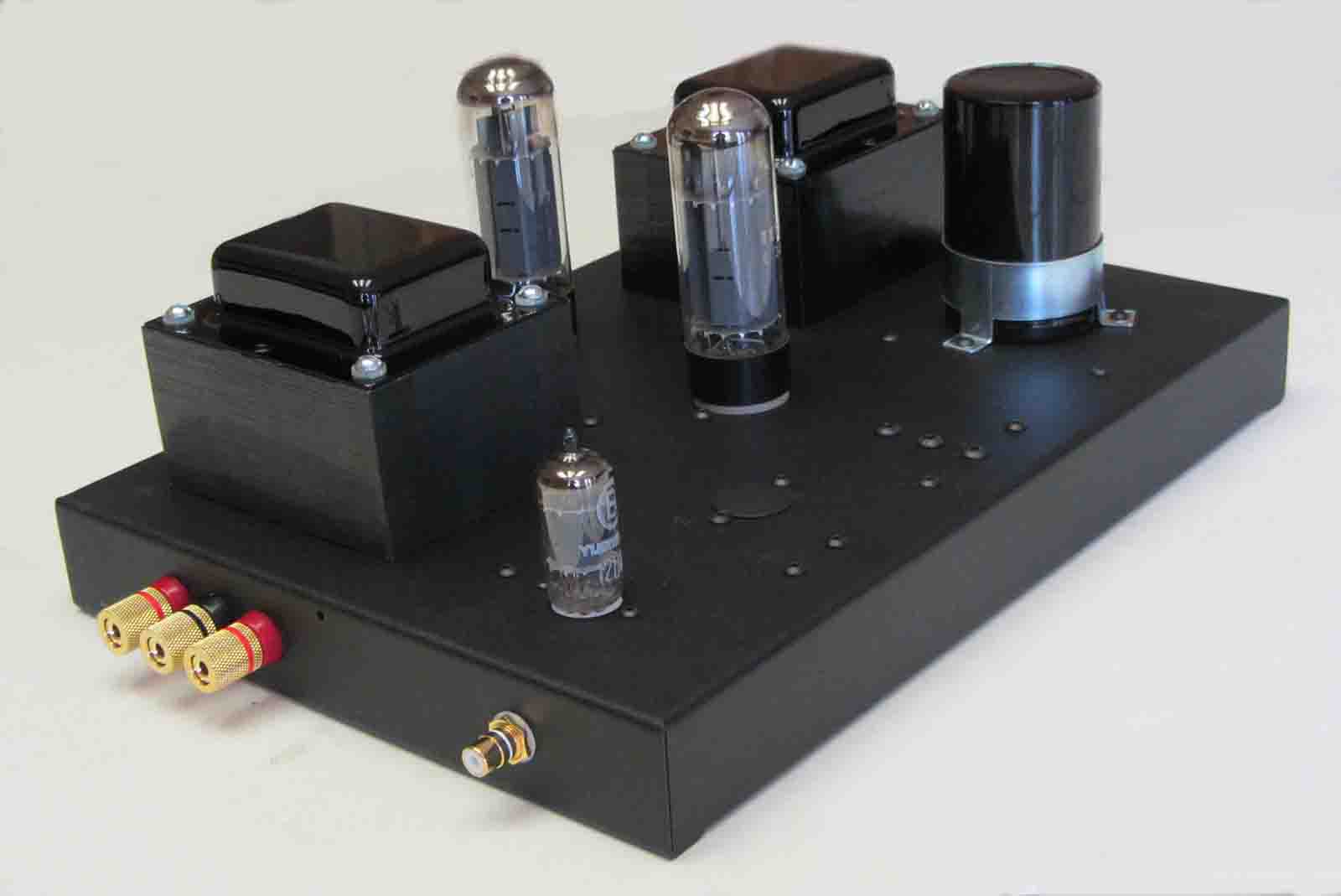The sound I first heard was a holographic, speaker disappearing act, with the emotion fully intact, Goosebumps within seconds, and I knew why I loved audio. Texture, and harmonics, all there. The Quicksilver M135 mono-blocks or the Silver 90 coupled with the Full Function Quicksilver preamp just made music, and the Vandersteen 2 C’s would sing so well with the Quicksilver gear.
And now, 40-plus years later, Quicksilver products are still in demand, making music, indicated by how few vintage pieces are for sale on the used market. Finding a pair of used M135s? Good luck. It took me 8 years.
I have had friends who see my gear, and ask me “Who or what is Quicksilver Audio?”
Well, now that is a great question. Quicksilver Audio, just who are “they”? They have been around for over 40 years.
Since Quicksilver Audio is not in the habit of sending gear out for evaluation, they can be off the radar. With a waiting list for new gear, why increase demand?
Chief Engineer Mike Sanders is the head of engineering, product development, R&D, circuit design, transformer design, service, and a few others, and marketing. Mr. Sanders is known for his very consistent Quicksilver marketing strategy.
No Formal Advertising…….his philosophy has been, and still is…
If the gear is “good enough”, there will be new owners telling friends about the equipment. Therefore, we have had marketing-by-audiophile-word- of-mouth since 1981. Well, 40-plus years later, and still going strong, indicates audiophiles have been happy, and talking with friends about the musicality of Quicksilver Audio products.
Simplicity, high parts quality, point-to-point wiring, long-term reliability, no model changes every 12 months with a MKII, MKIII, version, etc., has been an unwavering trait of Quicksilver.
A military spec Allen Bradley biasing pot can cost $20-25 each. A cheap blue plastic box with a white plastic screw is $2.00. You can guess which one he uses. Transformers are made to exact specifications and for specific circuits and power output. He has made pentode amps, ultra-linear push-pull, triode, single-ended, and more.
You will not find output tubes mounted on a PCB. Blow a tube, and a circuit board can have a new hole through it. Tubes get very hot, 160-180 degrees F, and this can delaminate the solder traces if adequate cooling is not implemented, and then bad audio events can happen. Custom output transformers, and power transformers with specific primary and secondary windings, and power ratings are regular items. The Quicksilver Audio Amps I have measured, all had perfect square waves, no notches or rolled edges, even to 10 Hz. and flat frequency responses to 80 kHz, with a gentle roll-off. But great measurements don’t guarantee great sound. Quicksilver products seem to have no problem including both.
Once upon a time in the mid-1980s, a solid-state amp once had zero distortion as a selling point…it barely lasted a year, as it sounded so bad.
The work ethic at Quicksilver Audio has been going on for 40-plus years.
I applaud Quicksilver and all the other tube manufacturers who care passionately about sound engineering, construction, and musicality.
So, this leads us to current Quicksilver Audio products, and what may be the last model of amplifier to be sold by Quicksilver Audio. Tube shortages, Russia and Ukraine at war, Eastern trade disputes, and more, have resulted in supply chain inconsistency and have been a disaster for the tube audio manufacturing sector. Unless this is resolved in the near future, many manufacturers will be in a tough place, and tube equipment owners as well.
If we can avoid hoarding tubes, yes, that is tempting, we can all continue to enjoy tube magic.
Let’s talk about the new Quicksilver KT monoblocks, some ears have claimed them to be the best monoblocks yet from Quicksilver. The KT monoblocks accept the KT 66, 77, 88, 90, 99, 120, 150, and 170. Perfect for times when tube supplies are in a state of recovery, and inventories are less than ideal. The subject of tube availability is another story for another time, but things are optimistic.
First, a brief description of the amplifiers. They are rated at 80wpc into 4 or 8 ohms, with KT88s, 100wpc with KT150, a frequency response of 14 Hz to 70 kHz, and a damping factor of 20. Quicksilver Audio tube amp
Design is consistent in that meticulous design parameters ensure there is enough iron in the transformers for bass performance, giving the control, dynamics, weight, and nuance needed. These are not off-the-shelf transformers. Tube amps can have reference-level bass quality if engineered properly.
The I.M. distortion is less than 0.5% at 80wpc….full power with KT88, not at 1 wpc, 1 kHz. THD typically tracks close to I.M. distortion as well. Very impressive numbers.
Historically, all of my previous Quicksilver Audio amplifiers have been very easy on the tubes. I had my Silver 90 amps for nearly 10 years and changed tubes only once….just to change them because they were not supposed to last that long.
Is this an amplifier I would put on the bucket list of tube amps to audition, even if having to travel a bit…. absolutely! I have yet to be disappointed with any of their amplifiers.
A must audition. JAW


